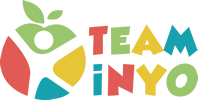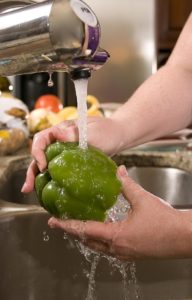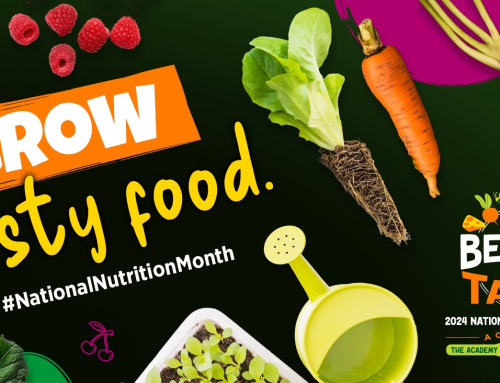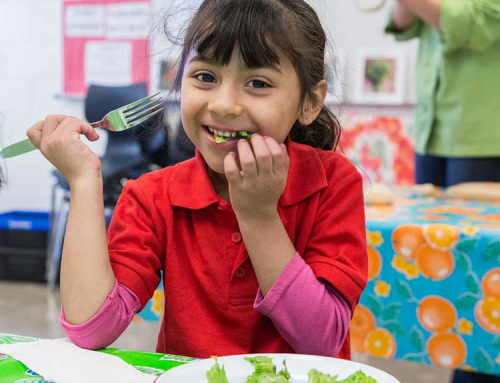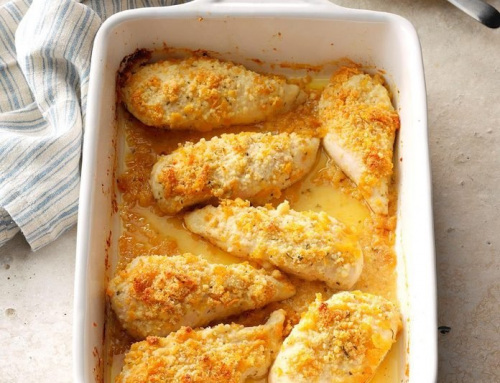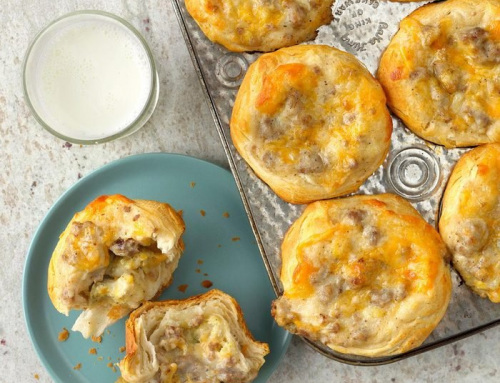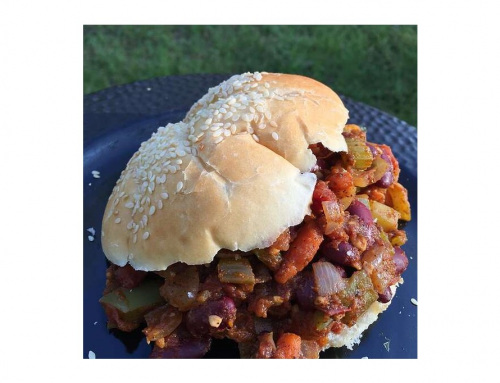Keeping food safe is an important part of staying healthy. Anyone that has suffered from food poisoning will understand the importance of food safety. Simply practicing safe food handling processes can greatly reduce the risk of getting sick or making someone else sick.
Clean:
What does that mean in regards to food handling? Bacteria spread quickly and easily when handling food. To prevent spreading bacteria to where it shouldn’t be, we can follow these simple steps:
- Wash hands with warm water and soap for 20 seconds before and after you handle food.
- Keep your cooking surfaces, utensils, and cutting boards clean and ready to use.
- Be sure to rinse fresh fruit and vegetables under running water – even on those items you plan to peel before eating. If it’s a firm skinned fruit or vegetable, be sure to give a firm rub while rinsing under running water to remove any dirt.
- One last tip would be to keep backpacks, bags or books off the counters where food is prepared, they carry bacteria and germs with them.
Separate:
Prevent cross contamination by keeping food separate. Keep raw meat, eggs, poultry and seafood away from any prepared foods. Keep them separate starting in your grocery cart as well as in your refrigerator. Placing raw meats in a tray or bowl in the refrigerator will help prevent spreading bacteria to other items. Use a clean plate and utensils for cooked meats.
Cook:
How hot should food be cooked? By using a food thermometer, you can measure the internal temperature to ensure it has reached the proper temperature. Check out this link for a list of safe internal temperatures for food.
Chill:
Using the refrigerator to keep foods cold will slow down the growth of bacteria. How and what you store in the refrigerator is important, too. Over-filling the refrigerator can reduce the ability to keep foods at 40 degrees F or below, which is the temperature most effective to reduce foodborne illness. To thaw anything from the freezer, never place it on the counter, but instead place it in the refrigerator to thaw slowly and safely.
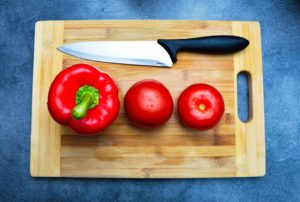
One last consideration, wood or plastic cutting boards. Both can be susceptible to bacteria when not properly handled and cleaned. Ideally, use one cutting board for raw foods and one for cooked foods, keeping them separate reduces chances of contamination. To clean cutting boards, wash with hot, soapy water and a scrub brush, rinse and dry well. Sanitizing can be done with a diluted bleach solution at one teaspoon liquid chlorine bleach to one quart of water, spray on board and allow to sit for several minutes then rinse and air dry. Remember to throw away any worn out cutting boards.
Check out these cutting board resources: cutting boards – plastic vs. wood, and cutting board food safety.
As we move from winter to summer, remember to pack lunches and picnics safely using cold packs or ice, and use an insulated container for hot foods. For additional information and resources, be sure to visit the USDA Food Safety website.
Amy Weurdig
Nutrition Educator
Expanded Food and Nutrition Education Program
University of California Cooperative Extension
apweurdig@ucanr.edu

